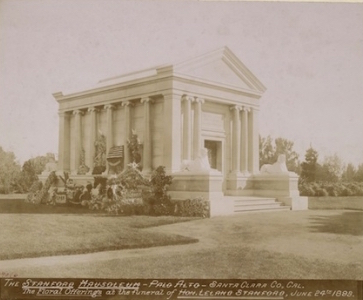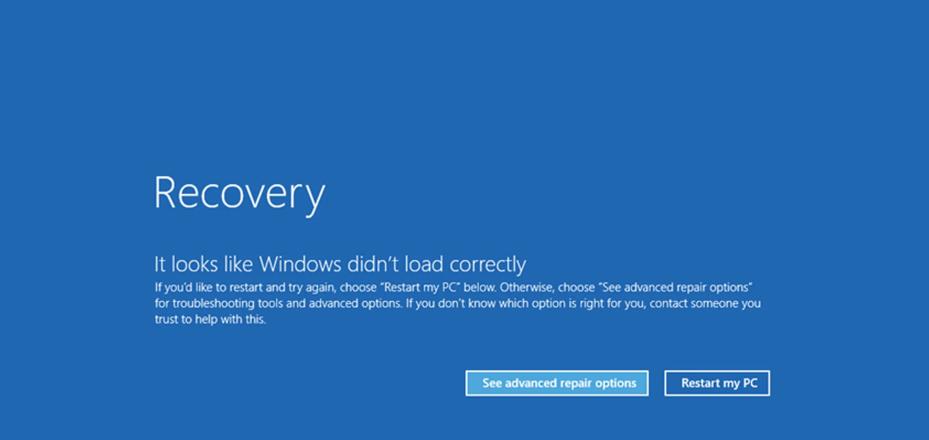Over a Decade of Preserving Scholarly Content
As faculty retire and projects end, far too often research languishes on forgotten hard drives and servers only to be lost over time. The Stanford Digital Repository (SDR) addresses this issue by ensuring content is preserved for the benefit of future generations.
For more than 10 years, Stanford University Libraries (SUL) and University IT (UIT) have forged a technical partnership to deliver and support the SDR, one of Stanford’s most compelling services recognized by scholars and researchers around the world.
The SDR is a managed repository solution for scholarly content of enduring value, designed to preserve content in a reliable and secure environment. Faculty, researchers, students, and others across the Stanford community benefit from the Stanford Digital Repository for long-term preservation and stewardship of their scholarly content.
UIT Provides Technical Backing for SUL's Enormous Technology Needs
In production since 2005, the SDR currently manages nearly 200 TB of unique content, including more than 800,000 objects. A wide variety of content is represented in the SDR: books, manuscripts, maps, photographs, audio, video, data, websites, theses, dissertations, journal articles, and more.
Since SDR's inception, UIT has played a key role in providing storage and backup administration along with support on special projects.
“UIT provides one of the linchpins of SDR’s mission to provide long-term preservation: redundant storage of content in geo-diverse locations using reliable, scalable, and sustainable technology and business practices,” said Hannah Frost, SDR Services Manager.
UIT manages the SDR’s tape storage library (the only one on campus) of more than 2,000 high-density tapes - a critical part of SUL's overall strategy. UIT also supports other SUL backup operations. For example, UIT and SUL recently migrated their backup solution to a new platform that had been built and tested by UIT.
The SDR Stores Content for Long-Term Persistent Access
The SDR offers services that are designed to complement other content management and digital storage services available to members of the Stanford community. While other services are optimized for storing and dynamically collaborating on content, the SDR supports "finished" content for long-term, persistent access by multiple generations of scholars.
Key distinguishing attributes of the SDR service include:
- Metadata describing the content is indexed for search and discovery via SearchWorks (the library’s online catalog), which is also crawled by Google.
- Access via reliable, long-lived persistent URLs (PURLs).
- Digital preservation expertise including content capture and encoding and file format migration.
- Administrative controls allow depositors to specify content licenses, release, as well as access levels for finding, viewing, and downloading content.
The SDR Value
Researchers are leveraging the SDR to meet grant funder requirements for making their research data available. Researchers can deposit supplemental research data to accompany journal publications. The Office for Technology Licensing recently teamed up with the SDR for managing software created by Stanford inventors. Academic departments and programs are increasingly using the SDR to preserve academic materials, such as theses submitted by their top undergraduate students.
“The Stanford Digital Repository has brought the Graduate School of Education's thesis submission process into the 21st century,” said Caroline Stasulat, Masters, Graduate Programs Office, Graduate School of Education.
Given the ever increasing volume of content, SUL and University IT meet on a regular basis to perform capacity and technology planning for SDR. Further, SUL is able to take advantage of UIT negotiated hardware and software discounts for their purchase acquisitions.
Find Out More
Learn more about the SDR, including how to deposit in the SDR by visiting the Stanford Digital Repository website or contacting the SDR team.
DISCLAIMER: UIT News is accurate on the publication date. We do not update information in past news items. We do make every effort to keep our service information pages up-to-date. Please search our service pages at uit.stanford.edu/search.




